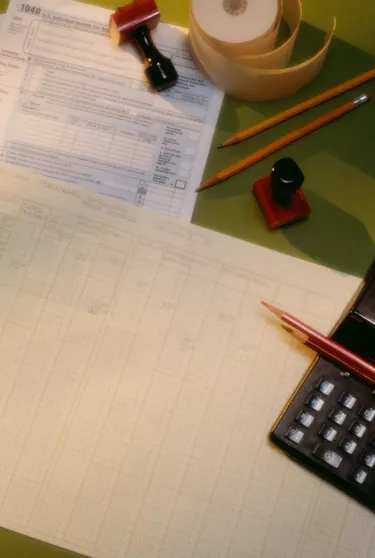
As the third part of a balance sheet, stockholders' equity includes a section for paid-in capital, which encompasses any and all investments by investors and the company's founders. When they acquire shares of the company, it's recorded under paid-in capital in the balance sheet. Paid-in capital monetary value may increase mainly through issuance of common and preferred shares.
Issuance of New Shares
Video of the Day
When a company is founded, the original founders and investors purchase shares of common class stocks, which is registered for paid-in capital as new journal entry. The share values are recorded at par value. If the company's board of directors decides to issue additional shares to finance a new capital expenditure or acquire another company, then a new journal entry is recorded to show the par value or stated value of the new shares in the balance sheet. However, the entry is adjusted upward as the market value of the shares in the primary market increases. This in turn increases the paid-in capital account in the balance sheet. Note how the stock price behaves in the secondary market, where the public buys and sells stocks, does not have any effect in the paid-in capital monetary value.
Video of the Day
Issuance of Preferred Shares
Sometimes, companies decide not to issue additional common stock due to the market negative reaction for causing dilution in the equity value. Consequently, the management may vote to issue different classes of preferred shares with relevant provisions that may increase the paid-in capital total balance. Any new issuance of preferred shares may increase the paid-in capital as the excess value is recorded.
Stock Dividends
Finally, companies may decide to declare and distribute stock dividends rather than cash dividends. Doing so results in a decrease of retained earnings but an increase in paid-in capital. In other words, they just change the makeup of the stockholders' equity by transferring from a portion of retained earnings to paid-in capital. However, there is no change in the monetary value of stockholders' equity at all.
Capital Structure
Any alteration and variation between the portions of equity and debt impacts the capital structure of a company. Accordingly, when the capital structure is less than optimal, additional leverage through debt financing may affect the value of newly issued common and preferred shares. Consequently, this influences the total paid-in capital in the balance sheet.